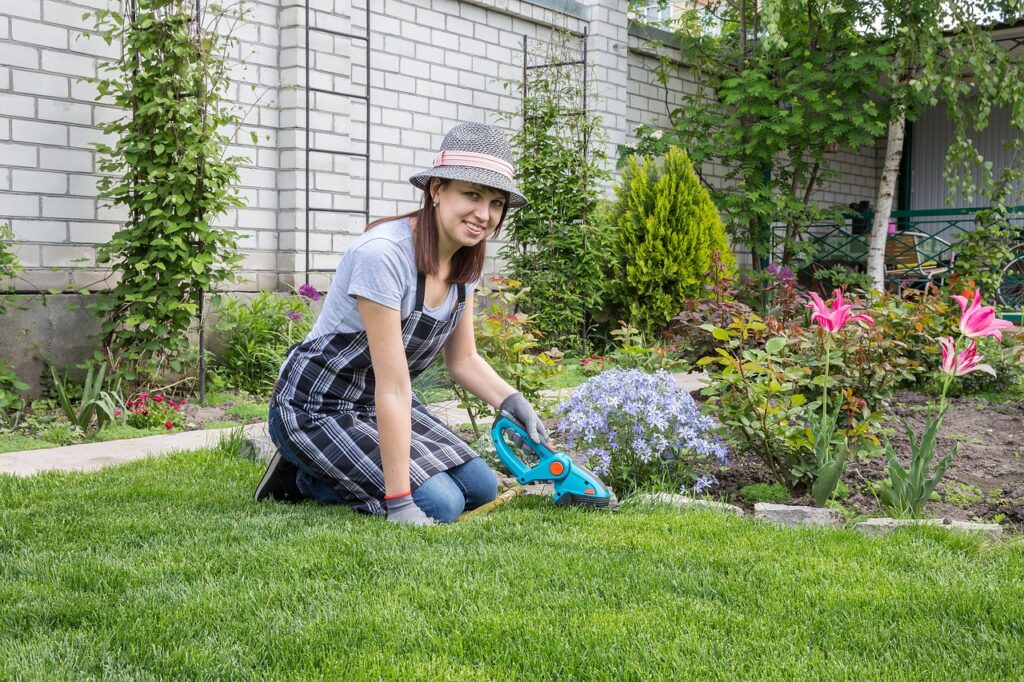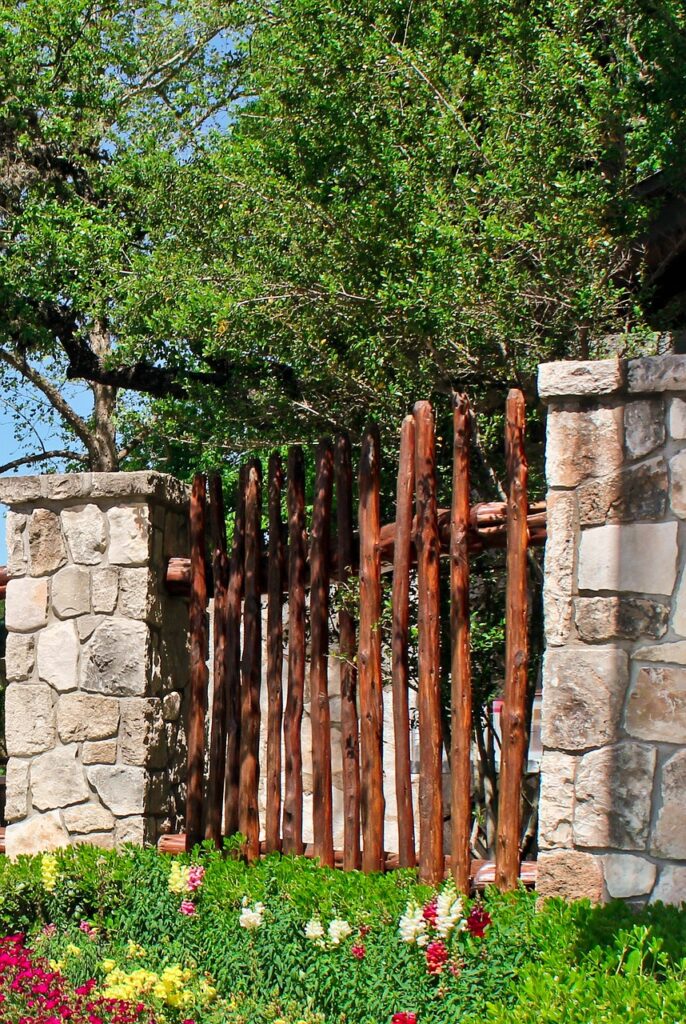Texas is a huge state with many different climates, from arid deserts to humid forests. However, most of the populated areas of Texas have hot, dry summers and mild winters. The dramatic shifts between seasons coupled with extreme heat and drought cycles make gardening in Texas uniquely challenging.
This article will provide 5 essential tips to help your garden thrive in the distinctive Texas weather. Whether you’re a beginner or experienced gardener, implementing these strategies will lead to a more bountiful, resilient landscape. Read on to learn the top techniques veteran Texas gardeners swear by.
Gardening in the Lone Star State comes with its fair share of obstacles. From late spring freezes to 100-degree summer days, the weather can wreak havoc on landscapes. However, with the right strategy and plant selection, you can have a gorgeous yard that withstands what Mother Nature throws its way.
The key is choosing native and adapted species that actually prefer the regional climate. Then, implement smart maintenance practices to keep plants healthy through heat, drought, and storms. With a little planning and TLC, your garden can flourish despite the unique challenges of gardening in this state.
This article explores the top 5 tips for gardening success in Texas. Follow this practical advice and you’ll be on your way to a vibrant landscape you can enjoy year-round. Let’s dig in!

Choose Native and Adapted Plants
The number one rule of thumb for gardening in Texas is to work with the climate, not against it. Use plants adapted to the regional conditions instead of trying to force species that need a lot of coddling.
Native Texas plants are best suited since they evolved here. They can handle the intense sun, heat, storms, drought, and poor soils.
Some excellent native options include:
- Ornamental grasses like inland sea oats, Mexican feather grass, and Lindheimer muhly
- Perennials like winecup, ruellia, and purple coneflower
- Shrubs and trees like redbud, yaupon holly, possumhaw holly, and Mexican plum
- Vines like coral honeysuckle and passionflower
Don’t limit yourself to natives, though. Many plants from similar hot climates thrive here too. Smart non-native choices include lantana, Pride of Barbados, oleander, rosemary, Mexican petunia, chile pequin, and figs.
Avoid fussier species like hydrangeas, azaleas, and impatiens that need a lot of pampering. Stick with tough, heat-loving plants and your garden maintenance will be much simpler.
Prepare Soil Properly
Healthy soil is the foundation of any thriving garden. Preparing your beds properly makes an enormous difference, especially in the poor native soils of Texas. Here are some key soil tips:
- Test drainage by digging a hole 12” deep and filling with water. If it doesn’t drain fully overnight, amend the soil with compost to improve drainage before planting.
- Improve water retention and nutrients by mixing in several inches of compost or other organic material. Work this into the top 6-12 inches of soil.
- Use a complete organic fertilizer at planting time and reapply according to package directions to provide a steady nutrient supply.
- Mulch beds with 2-4 inches of organic matter like shredded bark, leaves, or straw. This insulates plant roots and retains moisture.
- Consider raised beds for areas with dense, clay-heavy soils. The improved drainage helps prevent root rot.
Addressing soil needs upfront prevents many headaches later on. Pay this critical step the attention it deserves!
Water Deeply and Infrequently
Plants thrive best with consistent moisture at root level. Frequent light sprinklings evaporate before they do any good. For healthier plants:
- Water thoroughly, to a depth of 6 inches or more, 1-2 times per week rather than daily. This encourages deep root growth.
- Water early in the morning to reduce evaporation loss. Avoid overhead watering at night, which encourages fungal diseases.
- Use soaker hoses, drip irrigation lines or micro-sprinklers right at the plant base rather than sprinklers. This keeps foliage dry and targets water to the roots.
- Add 2-4 inches of mulch over beds to slow evaporation. Replenish as needed.
- For trees and shrubs, use a soft spray setting and water slowly at the drip line until soil is moist 1 foot down.
- When rainfall occurs, adjust your watering schedule accordingly. Install a rain gauge to track what Mother Nature provides.
During drought, enable survival mode by removing annuals and adjusting water to the strongest perennials and trees. Be prepared to water 1-2 times weekly during peak summer. Proper moisture is critical, especially for new plantings getting established.
Choose Heat and Drought Tolerant Varieties
Texas summers are scorching. Make plant selections that can take the heat without wilting and going dormant. Some great options include:
- Ornamental grasses like muhly grass, Mexican feather grass and inland sea oats
- Succulents like agave, yucca, sedum, aloe vera, and prickly pear
- Trees like cedar elm, Texas mountain laurel, Afghan pine, and Mexican white oak
- Shrubs like Barbados cherry, dwarf yaupon holly, rosemary, and Texas sage
- Perennials like purple coneflower, winecup, salvia, Chile pequin, firebush, and purslane
- Annuals like zinnias, pentas, portulaca, and cleome
Choose heat-loving varieties within a species whenever possible. For example, select a Texas SuperstarTM crape myrtle that can tolerate heat and drought over a regular variety.
When temperatures rise, pay close attention to water needs. New plantings require diligent watering their first year. Established, adapted plants only need supplemental water during peak summer.

Protect Plants from Late Spring Freezes
One notorious gardening challenge in Texas is the threat of freezing temperatures beyond the average last frost date. These late spring freezes damage vulnerable new growth on plants.
To protect against freeze damage:
- Monitor weather forecasts daily when temperatures drop below 50 degrees so you can take action before a freeze hits.
- Cover tender plants overnight using fabric row covers, old bed sheets, or plastic. This traps ground warmth around the foliage.
- Water plants thoroughly before a freeze. Moist soil holds more heat than dry soil.
-Do not prune spring growth until any freeze risk has definitely passed, usually by mid-March. Avoid fertilizing too early—lush new growth is most susceptible.
- Plant species that leaf out late like Mexican plum, Pride of Barbados, lantana, and Buddleia so they escape freezes.
With attention to forecasts and preventive care, your garden can survive those devastating final frosts. The rest of the year makes the vigilance worth it!

Conclusion
While Texas weather presents some unique gardening challenges, you can have a thriving landscape by following regional best practices. Choose appropriate plants, prepare soil properly, water efficiently, and protect from temperature extremes.
The keys are working with your climate zone, not against it, and providing attentive care during stressful times like summer heat waves. With practical tips like these, though, you can have a colorful garden that withstands what Texas weather throws its way.
Applied consistently, these gardening fundamentals set you up for success. Before you know it, you’ll have a resilient landscape you can enjoy year-round. With the right strategy, Texas weather doesn’t have to be an obstacle to a gorgeous garden.





